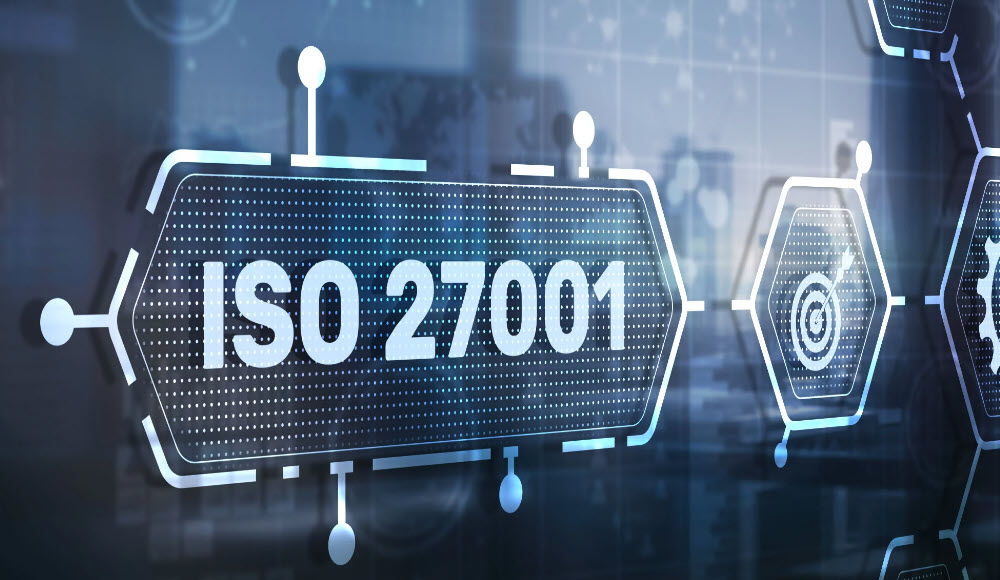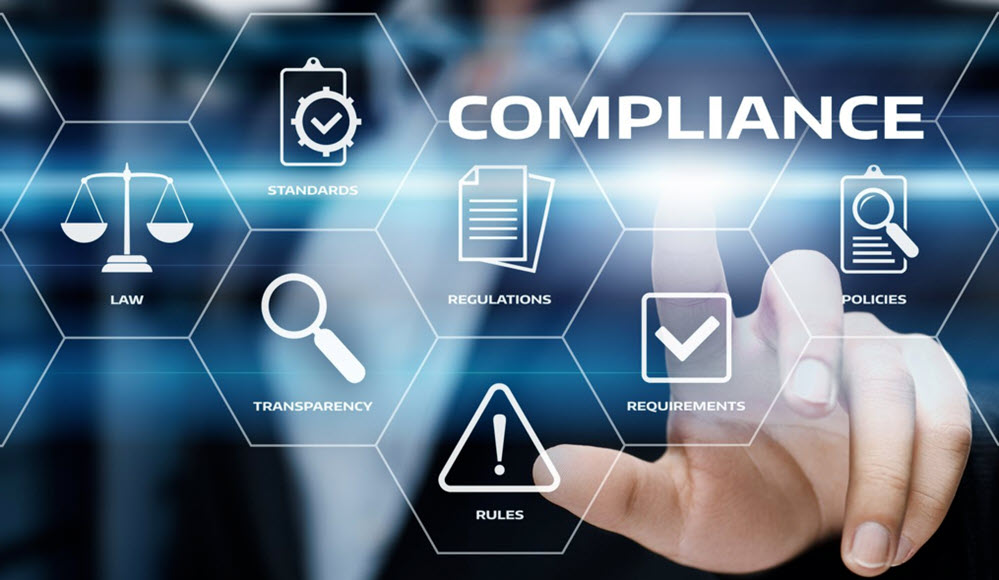EQMS Blog

What Is the ISO 27001 Controls List?
ISO 27001 is the leading international standard for information security management systems (ISMS). It provides a framework for managing and protecting sensitive information systematically. In October 2022, the standard was updated to reflect the evolving landscape of information security threats and to better align with modern business practices. A key aspect of ISO 27001 is the controls list, which outlines the specific measures organisations must implement to manage information security risks effectively. This article will explore the updated ISO 27001 controls list, its structure, and how it can help organisations safeguard their information assets.
Overview of the Updated ISO 27001 Controls List
The ISO 27001 controls list, officially referred to as Annex A, was significantly revised in the 2022 update. The new version streamlines the controls, making them more adaptable to current and emerging threats. The updated controls list consists of 93 controls, down from the previous 114, but with a focus on clarity, relevance, and modernisation. These controls are grouped into four main categories: organisational controls, people controls, physical controls, and technological controls.
Organisational Controls
Organisational controls form the foundation of an effective ISMS. These controls are designed to establish the policies, processes, and frameworks that govern information security within an organisation. The updated ISO 27001 controls list includes measures such as risk management, information security policies, and third-party security. One of the key changes in the 2022 version is the emphasis on business continuity management, which has been integrated more closely with information security. This reflects the growing recognition that information security is a critical component of overall business resilience.
Additionally, the 2022 update introduces controls related to security awareness and training, ensuring that employees understand their roles and responsibilities in maintaining information security. By focusing on organisational controls, ISO 27001 helps organisations create a security-first culture that permeates all levels of the business.
People Controls
People controls in the ISO 27001 controls list are aimed at managing the human element of information security. These controls address the risks associated with employee behaviour, insider threats, and social engineering attacks. The updated list places greater emphasis on the importance of employee screening, training, and awareness.
In the 2022 version, a new control for secure recruitment has been introduced, highlighting the need to verify the background of potential employees before they are given access to sensitive information. Another significant addition is the control on remote working, which reflects the widespread shift to hybrid work environments. This control ensures that organisations have measures in place to secure information when employees work outside the traditional office setting.
Furthermore, the updated controls encourage continuous security awareness programmes, helping to maintain a high level of vigilance among employees and reducing the likelihood of human error leading to security breaches.
Physical and Technological Controls
The physical and technological controls in the ISO 27001 controls list focus on protecting information assets from both physical and digital threats. The updated 2022 controls list consolidates and modernises these controls, ensuring they address contemporary challenges such as cloud security, mobile devices, and advanced persistent threats.
In terms of physical controls, the standard continues to require measures such as secure areas, equipment security, and protection against environmental threats. However, the 2022 update introduces enhanced controls for the management of physical access, reflecting the need to secure both traditional office environments and remote workspaces.
On the technological side, the ISO 27001 controls has been streamlined to cover key areas such as access control, encryption, and vulnerability management. The update introduces a new control focused on cloud security, recognising the growing reliance on cloud services for data storage and processing. This control ensures that organisations implement appropriate security measures to protect data in cloud environments.
Additionally, the 2022 version includes a control for threat intelligence, encouraging organisations to stay informed about the latest cyber threats and to adjust their security measures accordingly. This proactive approach helps organisations anticipate and defend against emerging risks.
Implementing the ISO 27001 Controls List
Implementing the ISO 27001 controls list requires a structured approach that begins with a thorough risk assessment. Organisations must identify their information assets, evaluate the risks they face, and select the appropriate controls from the list to mitigate those risks. The updated 2022 controls list provides greater flexibility, allowing organisations to tailor their security measures to their specific needs and risk environment.
Step 1 – Conducting a Risk Assessment
The first step in implementing the ISO 27001 controls list is conducting a comprehensive risk assessment. This involves identifying potential threats and vulnerabilities that could impact the organisation’s information assets. The risk assessment should take into account both internal and external factors, including technological advancements, regulatory changes, and the organisation’s operational environment.
Step 2 – Selecting and Implementing Controls
Based on the risk assessment, organisations can then select the relevant controls from ISO 27001 . The 2022 update encourages a more integrated approach to control selection, considering the interplay between organisational, people, physical, and technological factors. Once selected, these controls must be effectively implemented, ensuring they are embedded into the organisation’s processes and culture.
Step 3 – Monitoring and Continual Improvement
The final step is to continuously monitor the effectiveness of the implemented controls and make improvements as necessary. ISO 27001 is built on the principle of continual improvement, meaning that organisations should regularly review their controls in light of new threats, changes in technology, and shifts in the regulatory landscape. The updated controls list provides a robust framework for this ongoing process, helping organisations stay ahead of emerging risks.
The Strategic Importance of the ISO 27001 Controls List
The updated ISO 27001 controls list is a critical tool for organisations seeking to protect their information assets in an increasingly complex threat landscape. By streamlining and modernising the controls, the 2022 version of ISO 27001 provides a more flexible and relevant framework for managing information security. Whether through organisational policies, people management, physical security, or technological safeguards, the ISO 27001 controls list offers comprehensive guidance for mitigating information security risks.
For organisations committed to maintaining the highest standards of information security, understanding and implementing the ISO 27001 controls list is essential. With the right approach, these controls can help safeguard sensitive information, ensure compliance with legal and regulatory requirements, and build trust with customers and stakeholders. As the digital landscape continues to evolve, the ISO 27001 controls list remains a vital resource for organisations aiming to stay secure and resilient.
If you are interested in improving your ISMS and need support with auditing it, then contact us for a free consultation.
Continue to ISO 27001 Consultants
Request a free consultation
Contact us to discuss your needs and see how we can support to reach your goal.

Recent posts

Implementing an Information Security Management System (ISMS) is crucial for organisations aiming to protect their information assets and comply with standards such as ISO 27001. A vital component of maintaining...

An Integrated Management System (IMS) combines several management systems, such as Quality Management System (QMS), Environmental Management System (EMS) and Occupational Health and Safety Management System (OHSMS) amongst other, into...

In today’s competitive market, businesses are under increasing pressure to meet high standards in Health, Safety, Quality, and Environmental (HSQE) management. Ensuring compliance with legal regulations, maintaining a safe workplace,...
Just a Few of Our Clients
Request a Free Consultation
Contact us to discuss your needs and see how we can support to reach your goal.












